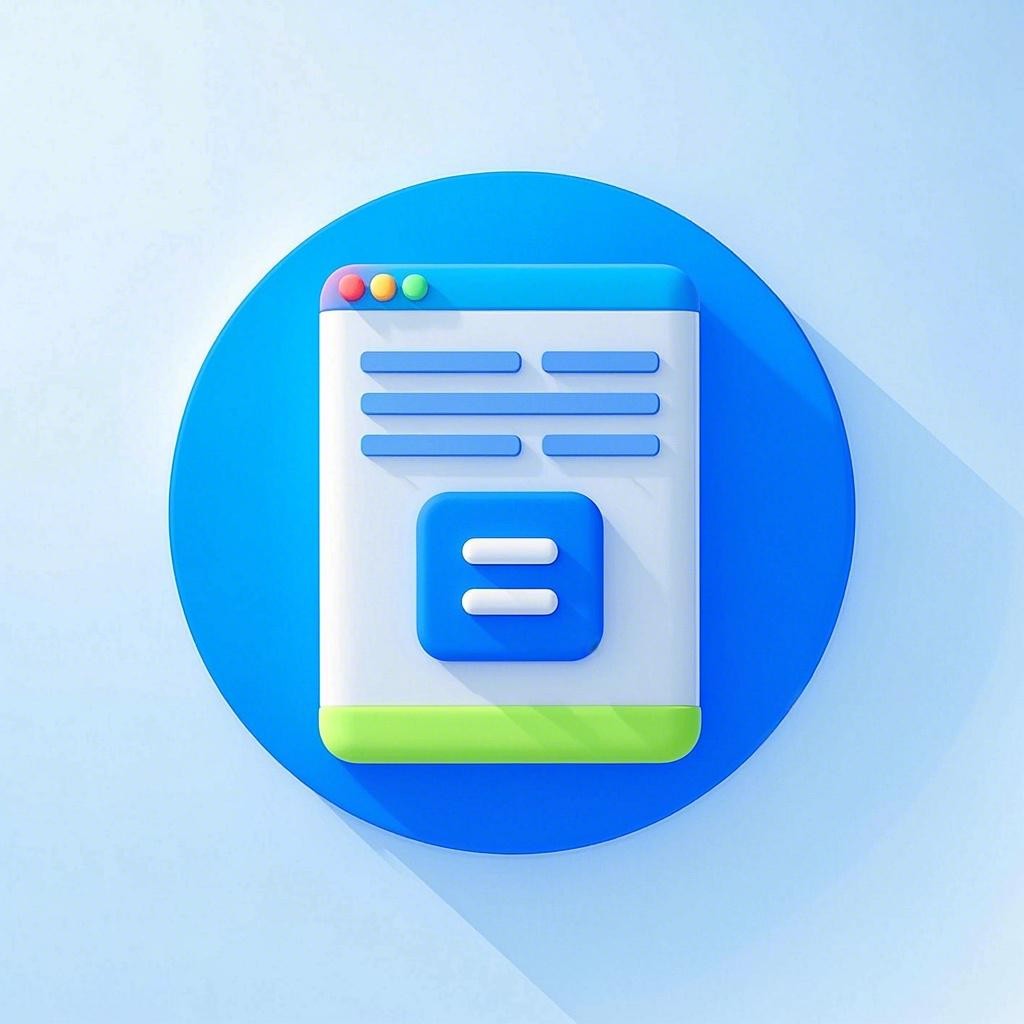在当前多平台应用盛行的时代,跨平台编程成为了软件开发的重要趋势。开发者面临着如何在多种操作系统和设备上实现一致性和高性能的挑战。设计模式作为一种软件工程的最佳实践,为跨平台编程提供了有力的解决方案。以下是五大设计模式,它们能帮助开发者轻松应对多平台挑战。
一、适配器模式(Adapter Pattern)
概述
适配器模式允许将一个类的接口转换成客户期望的另一个接口。它使得原本由于接口不兼容而不能一起工作的那些类可以一起工作。
应用
在跨平台开发中,适配器模式可以用来封装不同平台提供的API差异,使得上层代码无需关心这些差异。例如,在不同平台上实现相同功能的组件可以通过适配器模式进行封装,从而实现统一的接口。
// 适配器模式示例代码
public interface Target {
void request();
}
public class Adaptee implements Target {
public void request() {
System.out.println("Adaptee's request.");
}
}
public class Adapter implements Target {
private Adaptee adaptee;
public Adapter(Adaptee adaptee) {
this.adaptee = adaptee;
}
public void request() {
adaptee.request();
}
}
二、装饰器模式(Decorator Pattern)
概述
装饰器模式动态地给一个对象添加一些额外的职责,而不改变其接口。
应用
在跨平台开发中,装饰器模式可以用来为不同平台上的组件添加特定的功能,如性能优化、安全控制等。这样,开发者可以在不修改原有代码的情况下,根据不同平台的需求动态添加功能。
// 装饰器模式示例代码
public interface Component {
void operation();
}
public class ConcreteComponent implements Component {
public void operation() {
System.out.println("ConcreteComponent's operation.");
}
}
public class Decorator implements Component {
private Component component;
public Decorator(Component component) {
this.component = component;
}
public void operation() {
component.operation();
}
}
public class ConcreteDecoratorA extends Decorator {
public ConcreteDecoratorA(Component component) {
super(component);
}
public void operation() {
super.operation();
addedBehavior();
}
private void addedBehavior() {
System.out.println("Added behavior in ConcreteDecoratorA.");
}
}
三、策略模式(Strategy Pattern)
概述
策略模式定义一系列算法,将每个算法封装起来,并使它们可以相互替换。
应用
在跨平台开发中,策略模式可以用来封装不同平台上的算法差异,使得上层代码可以根据实际情况选择合适的算法。例如,在不同平台上实现相同的排序算法,可以使用策略模式进行封装。
// 策略模式示例代码
public interface Strategy {
void algorithm();
}
public class ConcreteStrategyA implements Strategy {
public void algorithm() {
System.out.println("ConcreteStrategyA's algorithm.");
}
}
public class ConcreteStrategyB implements Strategy {
public void algorithm() {
System.out.println("ConcreteStrategyB's algorithm.");
}
}
public class Context {
private Strategy strategy;
public void setStrategy(Strategy strategy) {
this.strategy = strategy;
}
public void execute() {
strategy.algorithm();
}
}
四、工厂模式(Factory Pattern)
概述
工厂模式用于创建对象,将对象的创建与对象的表示分离。
应用
在跨平台开发中,工厂模式可以用来根据不同平台创建相应的对象,从而实现代码的复用和可维护性。例如,在不同平台上实现相同的数据库操作,可以使用工厂模式进行封装。
// 工厂模式示例代码
public interface Product {
void use();
}
public class ConcreteProductA implements Product {
public void use() {
System.out.println("ConcreteProductA in use.");
}
}
public class ConcreteProductB implements Product {
public void use() {
System.out.println("ConcreteProductB in use.");
}
}
public class Factory {
public static Product createProduct(String type) {
if ("A".equals(type)) {
return new ConcreteProductA();
} else if ("B".equals(type)) {
return new ConcreteProductB();
}
return null;
}
}
五、单例模式(Singleton Pattern)
概述
单例模式确保一个类只有一个实例,并提供一个全局访问点。
应用
在跨平台开发中,单例模式可以用来封装共享资源,如数据库连接、配置文件等。这样可以避免资源冲突,提高代码的可靠性。
// 单例模式示例代码
public class Singleton {
private static Singleton instance;
private Singleton() {}
public static Singleton getInstance() {
if (instance == null) {
instance = new Singleton();
}
return instance;
}
}
总结 通过以上五大设计模式,开发者可以更好地应对跨平台编程中的挑战。在实际开发过程中,应根据具体需求选择合适的设计模式,以提高代码的可维护性和可扩展性。
